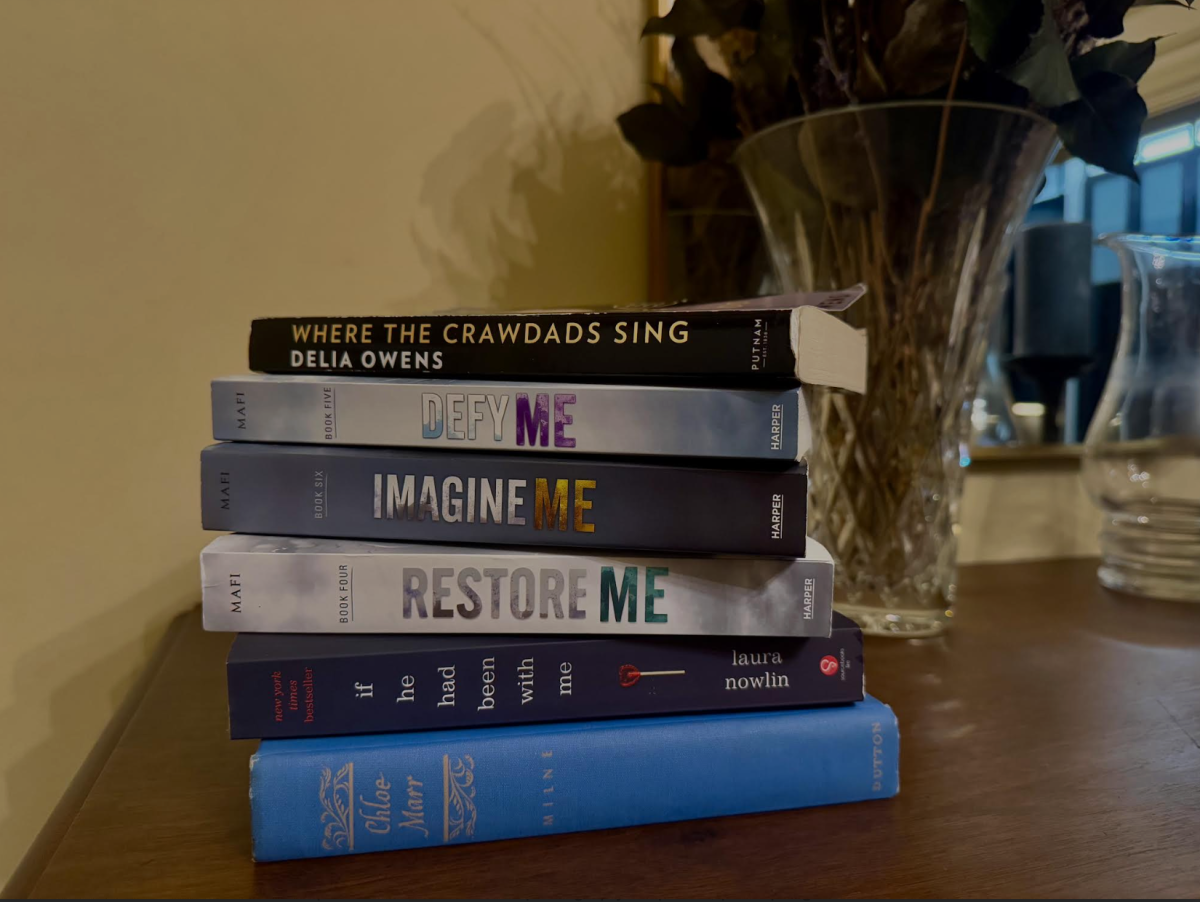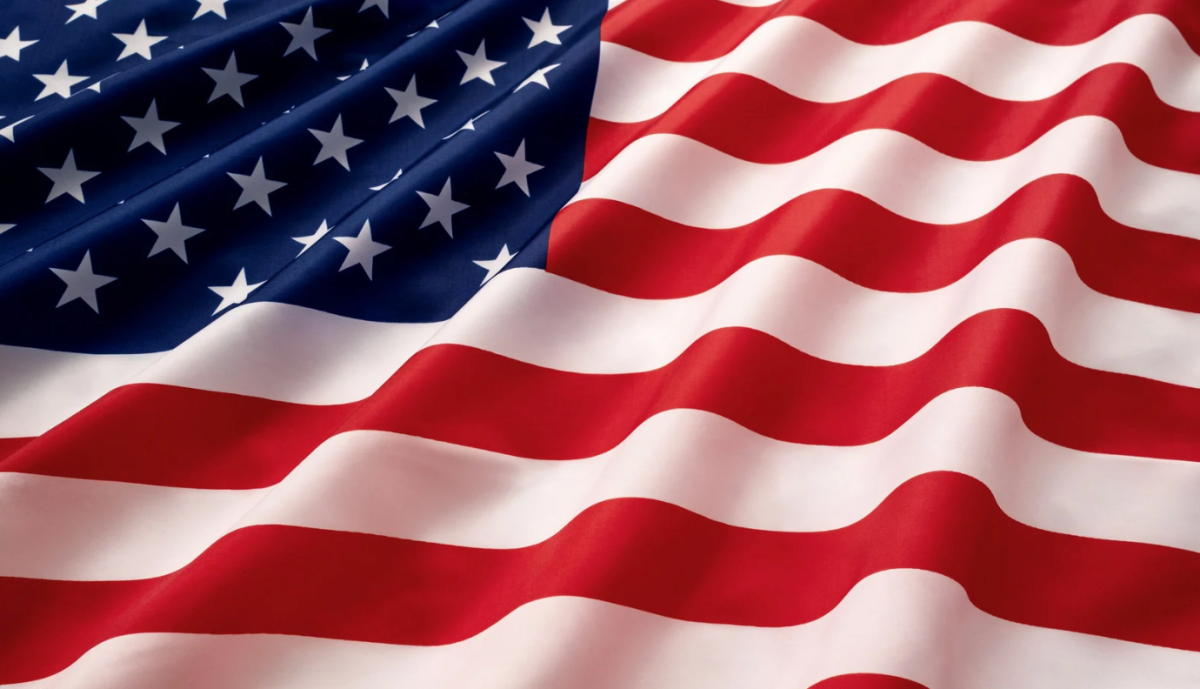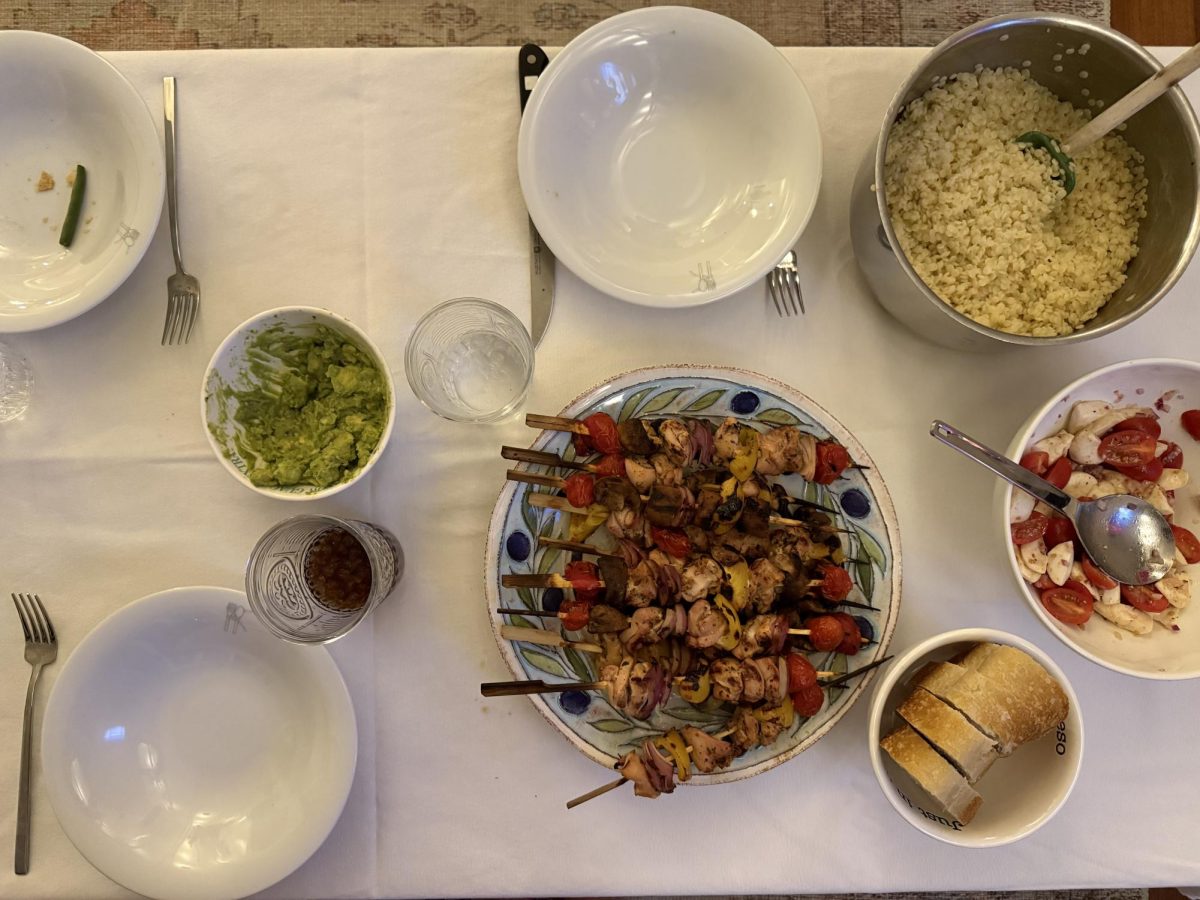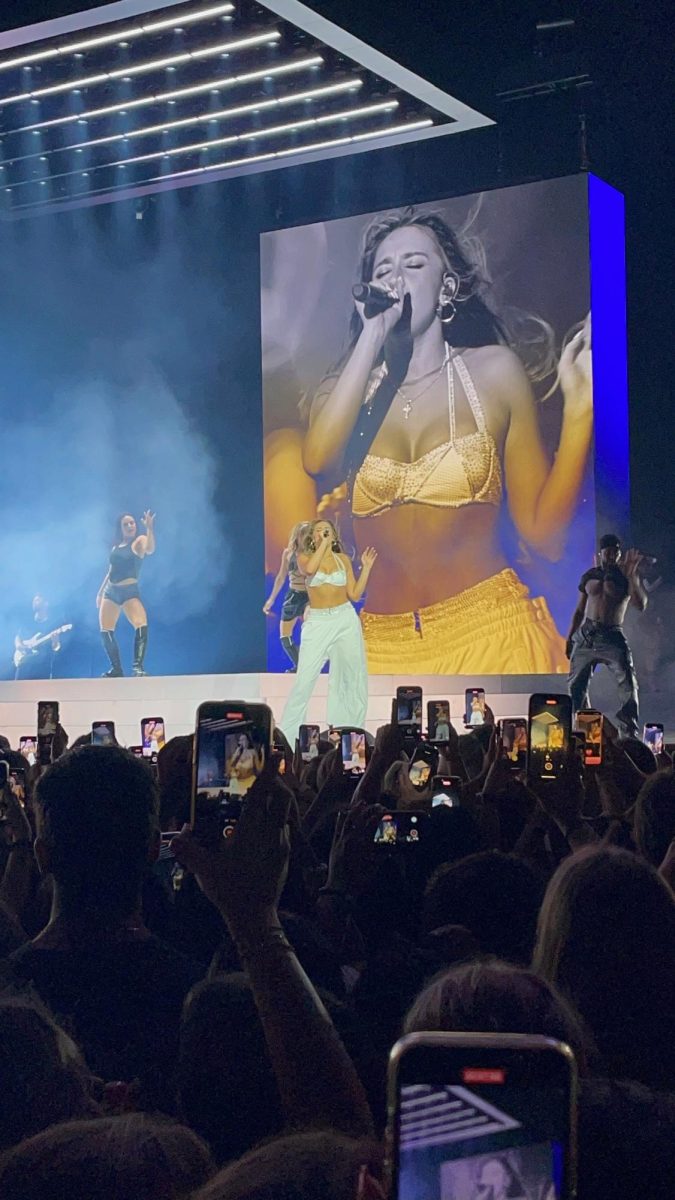Editor’s note: Names have been redacted to preserve anonymity.
It is easy to guess what is in a red solo cup.
Synonymous with party culture – beer, vapes and high school house parties are all encased in bright red plastic. It is exactly as is pictured in the movies: teams playing beer pong, teenage boys jumping in pools, everyone having the “night of their life.” Except, it never really is that great, is it? Not every party is fun, despite what we have been told throughout our lives. For decades, American society has glorified the party scene as something to be admired. Something cool.
As it turns out, there is more to a red solo cup than what meets the eye.
“I feel like partying is always associated with being ‘normal . ’ Like, there is this pressure that you ‘have’ to go to a party at least once in high school to have the ‘true high school experience.’ But, I feel like, at some point, I realized it is just as normal not to go out,” said a junior.
Pressure to participate in party culture comes from various societal factors. Social media is extremely influential, especially on Generation Z, as it is easily accessible and usually only highlights the positive aspects of partying. Trends have surfaced on social platforms, such as Instagram and TikTok, praising drinking habits among high schoolers. For example, trends like “I’m Schmacked” incorporate ideas that romanticize overconsuming alcohol and teach a “go big or go home” mentality.
“I feel, socially, people are trying to show off, or they’re just trying to fit in,” said a senior. “People sometimes can do more reckless things just because they feel like they’re going to fit in with the crowd and then get reactions like, ‘Oh, my God, that’s so crazy’ or ‘I can’t believe you just did that.’ They try to get the attention and be known as the life of the party.”
Partying also creates a way for teenagers to cope with social anxiety. Although drinking is especially common, they also turn to electronic cartridges, rolled joints or edible products as a means to calm down. Vapes and e-cigarettes are also popular, not always for the nicotine, but simply just for the appearance of vaping. Teenagers compare new flavors, learn tricks and intentionally take photos with the vape visual in order to impress others.
“During my sophomore year, I used to use smoking as a conversation starter. I always felt like people wanted to talk to me if they knew that I smoked. I had really low self-esteem at the time, and this became an easy way for me to break the ice and deal with being nervous,” said a senior. “Talking about smoking or even alcohol was almost always an immediate conversation because I thought it made me look cool to other people.”
Insecurities are a common avenue to substance abuse. It is no surprise that teenagers who feel pressure to fit in turn to alcohol or drugs. Why wouldn’t they? Society keeps showing them that partying is a foolproof way to feel included. This way of thinking is incredibly toxic, especially to growing minds, as they risk weighing their self-worth to the number of parties they are invited to. This self-induced pressure can begin as early as freshman year, and students find that entering high school, no matter where, exposes them to this type of environment.
“I think that party culture is toxic for teenagers, especially freshmen. Going into your first year of high school can be, like, really peer-pressuring, and people wanting to drugs and alcohol makes it so much harder to fit in, especially if it isn’t something you’re interested in,” said a freshman. “And, I think it’s toxic that teens are getting into this stuff so early in their lives when they have their whole life to be doing this.”
Party culture itself has long existed in society. Whether a student is out at someone’s “rager” or at home studying, its presence remains relevant in the high school stage of life. To moderate the consequences caused by harmful activities, parents and learning communities must establish respectable guidelines that ensure the safety and education of students from the negative attributes of party culture.


















